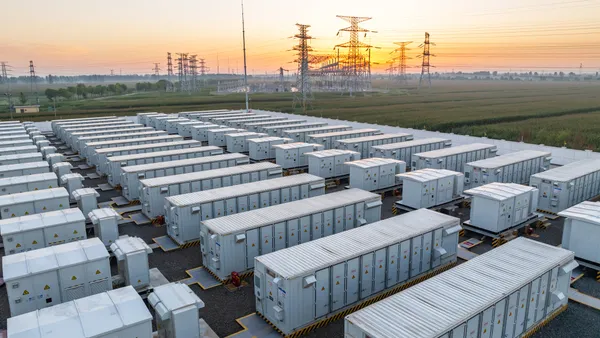One of the biggest criticisms of power produced by renewables is that the wind does not always blow and the sun does not always shine. Since renewable electricity generation can be intermittent, it is at a disadvantage compared to coal, natural gas, and nuclear power plants that produce steady power. As a result, energy storage is considered the missing link between intermittent renewable power produced by technologies, such as solar and wind, and a 24/7 reliable supply of renewable electricity. In addition, no other power industry technology can serve so many vital roles: renewable production smoothing; energy shifting and arbitrage; fast ramping ancillary services; alternatives for peaking generation, transformers, and line upgrades; voltage and frequency support; microgrid supply; electric vehicle charging support; etc.
Over the last decade a surge in lithium-ion battery production has led to an 85% decline in prices, making electric vehicles (EVs) and energy storage commercially viable for the first time in history. Batteries hold the key to transitioning away from fossil fuel dependence and are set to play a greater role in the coming decade.
NextEra Energy, North America's leading wind and solar generator, is adopting an aggressive approach on the falling cost of energy storage by evaluating the addition of batteries to its existing solar facilities. At the beginning of the year, NextEra's earnings call showed that the company's stock has gained more than 50% in the past year, as it deployed 2.7 GW of new and repowered renewables, including 700 MWac of solar power and 340 MW/1.3 GWh of energy storage in 2019.
A small but growing number of utilities across the United States are taking a similar approach to NextEra and adding storage at existing solar plants. In doing so, they can claim the Investment Tax Credit (ITC), tap additional revenue streams, and maximize the existing grid infrastructure.

[Image Credit: NextEra]
In fact, NextEra CFO Rebecca Kujawa noted on the same earnings call, "We are designing our own management systems. We believe that some of the real value-add that we are going to be able to provide to customers – that will differentiate us from the competition – is battery system management. This management system and optimization is going to be part of the secret sauce of our batteries."
Following on the heels of rapid wind and solar generation adoption, battery energy storage is fast becoming the next disrupter to the power industry. Plummeting costs, expanding use cases, and regulatory driven gigawatt-level installation targets are driving increasing interest and early adopters. With the current and expanding opportunities for battery storage, utility planners and investors require appropriate analyses, valuation approaches, and tools to assess project value for this rapidly evolving technology – making energy storage planning the 'secret recipe' to properly utilize the 'secret sauce' of battery energy storage systems.
Energy storage, and particularly battery-based storage, is developing into the industry’s 'green Swiss Army knife.' With so many potential applications, there is a growing need for increasingly comprehensive and refined analysis of energy storage value across a range of planning and investor needs. To address these needs, Utility Dive together with NextEra Energy, Fluence, and Siemens Digital Grid is hosting a webinar to share an integrated framework and analytical toolset to determine battery storage value for utility planning and merchant generator needs.










